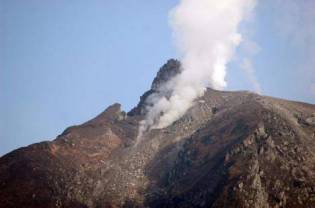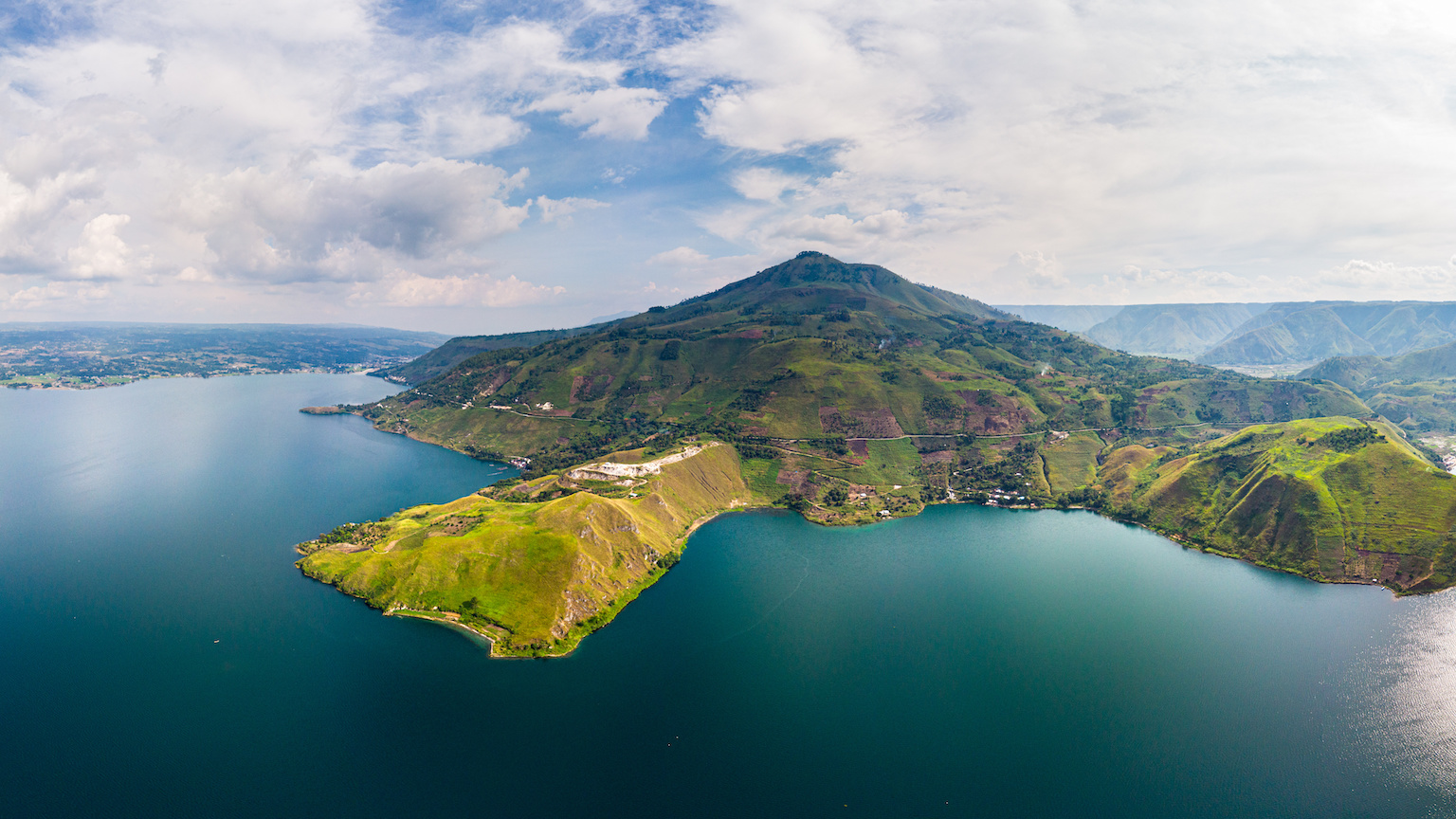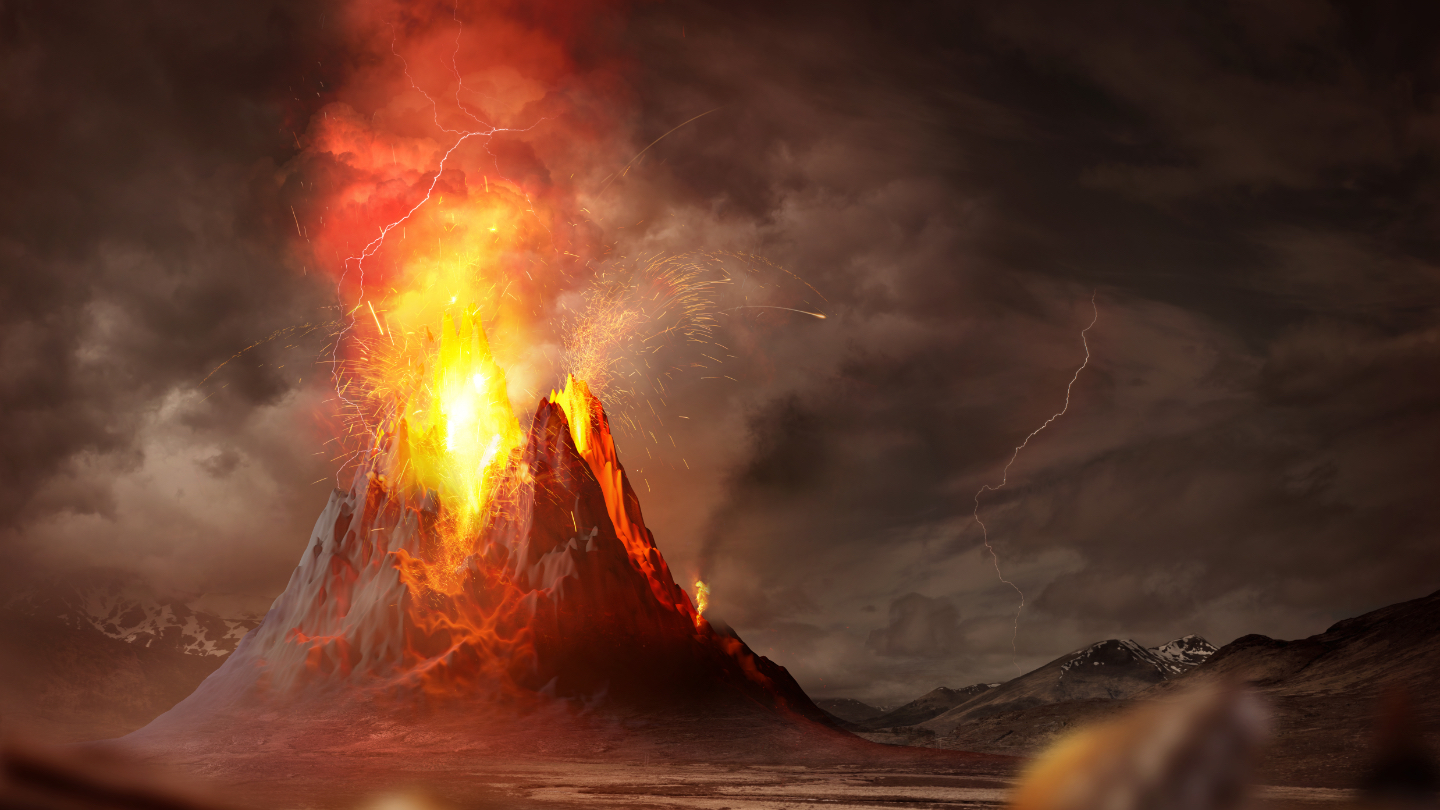Sinabung Update for 9/7/2010: The explosions keep coming

The unexpected revival of Sinabung in Indonesia is now in its 2nd week and so far, the activity continues to ramp up. Overnight, the volcano experienced some of the largest explosions of this new period of activity, producing an ash cloud that reached 5 km / ~16,000 feet above the edifice. You can check out video of the activity, too. The ash from these explosions is becoming more widespread as well, now falling as far as 15 km from the volcano. Surono, head of the Indonesian Center for Volcanology and Geological Disaster Mitigation, does not think this will calm down anytime soon: “this will not be the last eruption. It will happen again.” The president of Indonesia, who visited the region Monday, asked for patience from the evacuees – and is spreading the right messages as he visits the evacuation camps: “Pay attention to the condition of evacuees. Prevent infectious diseases and epidemics. The people’s health should be a priority.” Remember, for many volcanic eruptions, it is actually disease that kills the most people due to contamination of drinking water and food supplies, along with living conditions at temporary shelters. UPDATE: I suppose to drive its point home, ash from Sinabung delayed the departure of the the Indonesian president from the area.
The ash cloud from the volcano looks to be very thick with dark grey ash (see below) – and no word that I can find to suggest that the ash is new magma rather than pulverized bits of previously existing conduit material. This pattern of activity is very reminesce to the events that lead to the 1991 eruption of Pinatubo (note: this is not to say that it could be anywhere near as large) – a long-quiet volcano comes back to life through intense seismicity combined with explosions that increase over time.

Sinabung erupting on September 6, 2010.
I know a number of people have voiced their concern about the “connection” between Sinabung and the nearby (~30 km) Toba caldera. Now, I can understand that concern because of their geographical proximity, but there is little evidence that volcanoes even that close together can “trigger” each other. There are a few examples – something like the 1912 eruption at Katmai/Novarupta in Alaska – however, it seems that in many causes, geographic proximity does not enhance activity. An example of this might be Ruapehu in New Zealand – it lies ~40 km to the south of the Taupo caldera (and less than 15 km from Tongariro/Ngauruhoe volcano), yet the activity at Ruapehu in 1995 did not in any way trigger activity at Taupo or Tongariro. Much like the Katla-mongering for Eyjafjallajökull, Toba-mongering is a popular sport for this eruption.
Top left: The steaming crater area on the flanks on Sinabung, taken September 5, 2010.




